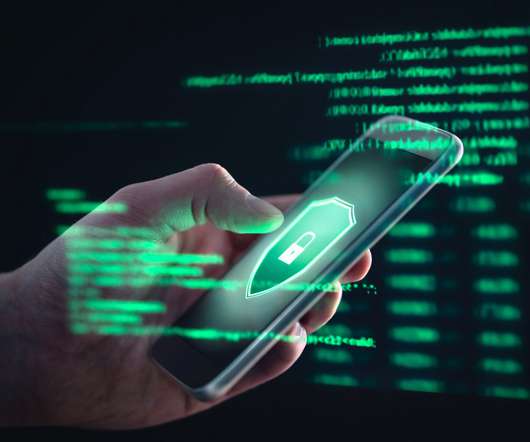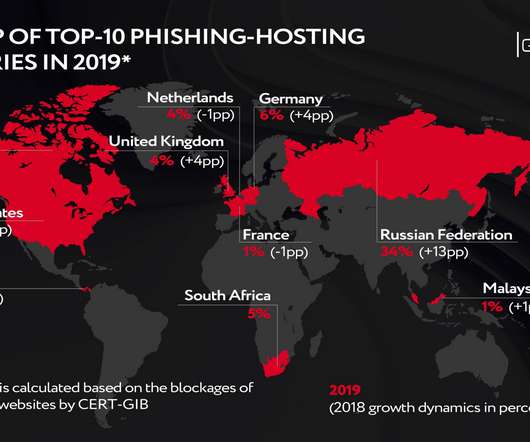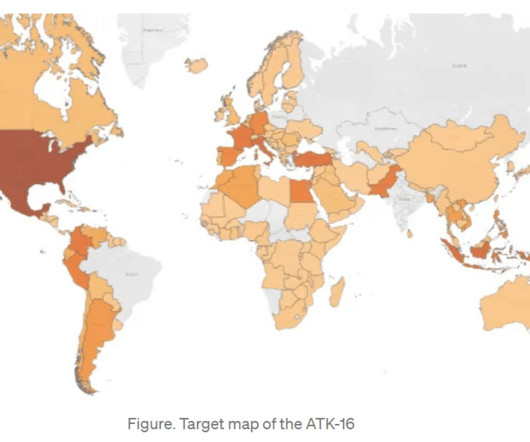A man faces up to 25 years in prison for his role in operating unlicensed crypto exchange BTC-e
Security Affairs
FEBRUARY 6, 2024
A Belarusian and Cypriot national linked with the cryptocurrency exchange BTC-e is facing charges that can lead maximum penalty of 25 years in prison. “According to the indictment, between 2011 and July 2017, Aliaksandr Klimenka, 42, allegedly controlled BTC-e, a digital currency exchange, with Alexander Vinnik and others.”















Let's personalize your content